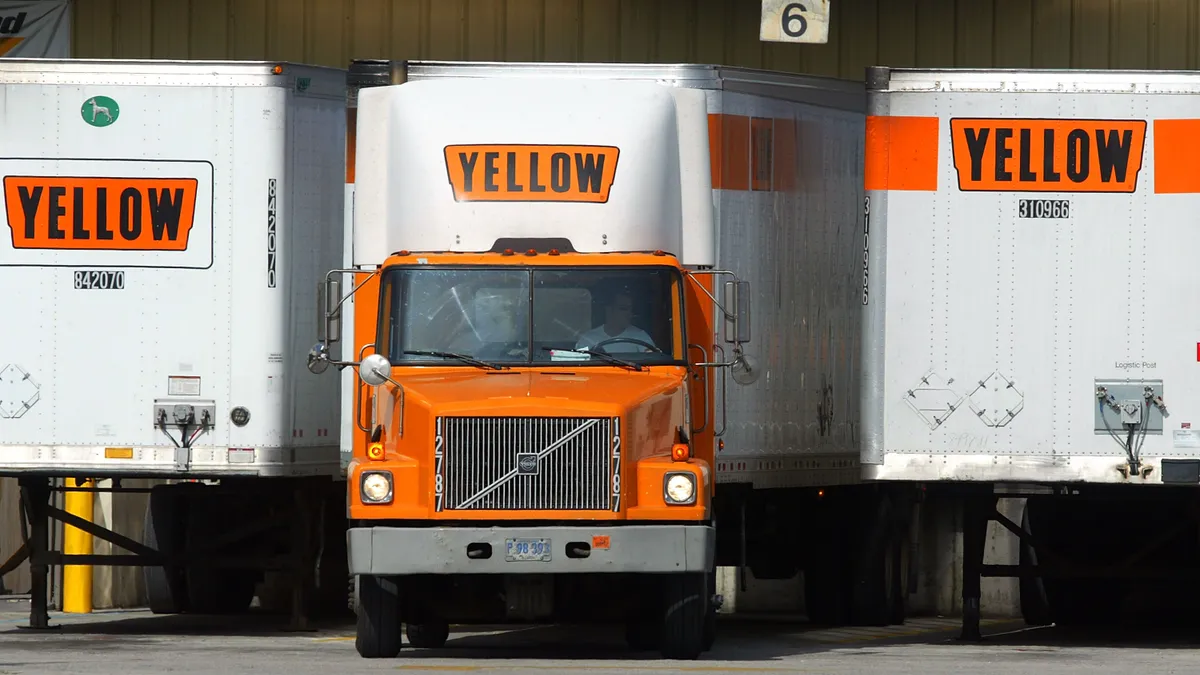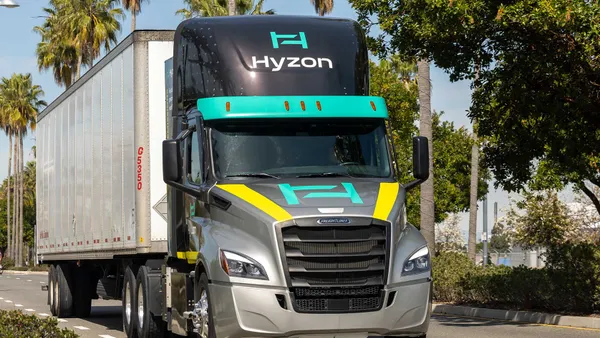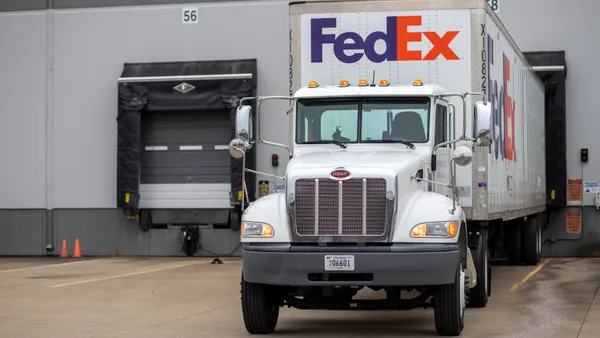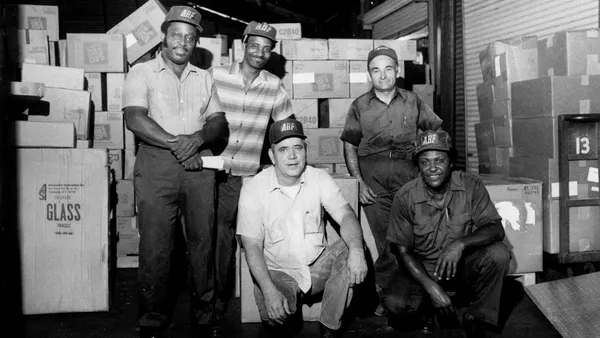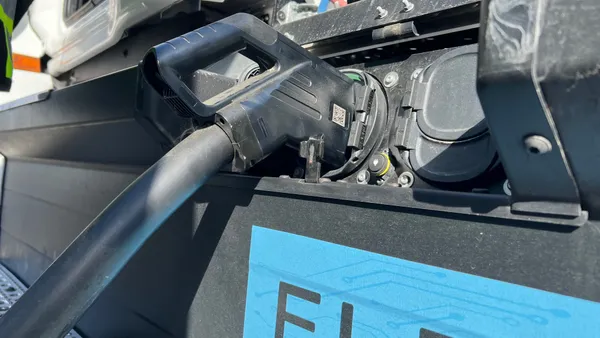This article is part of a series about how six big fleets are planning for a hot freight market in 2022. Click here to view the entire package.
Yellow is hunting for profits.
While that’s not unusual for any business, analysts suspected Yellow was close to dissolution in 2020 — pulled from the brink only by a $700 million federal loan.
But now, the opportunity for profit is in Yellow's "super regional" approach, CEO Darren Hawkins explained during the Stephens Annual Investment Conference last month.
The LTL outlook is favorable, Hawkins said. And his company has worked to geographically position itself to take full advantage of shippers wanting to be closer to their customers' bases. It is a demand created by the last several years of e-commerce, heightened by the pandemic, leading even more people to shop online.
To create speed for shippers, Yellow, for years one of North America's largest LTL carriers, has been adding or enhancing centers to add "velocity" to its shipment offerings, said Hawkins. And its national reach can offer next-day for 200-mile shipments, or 3,000-mile transcontinental offerings, he said.
These velocity centers show so much promise, Hawkins said, that Yellow added such buildings in Richmond, Virginia; Little Rock, Arkansas; and San Antonio.
"LTL will grow at a faster pace than what we've seen in the past," said Hawkins. "We are seeing new warehouses open every 24 hours from some of our largest shippers out there."
Hawkins said shippers want to be about a two-day reach from customers. Yellow and other LTL carriers are "already there," eager to help, he said. All while capacity in the North American LTL sector is very tight.
"That's why I believe our revenue in shipment will go up," said Hawkins.
Sustainable revenue modeling
Looking ahead as far as 2024, will Yellow have a sustainable revenue model? The company will have notable debt maturities beginning to come due that year, said session moderator Jack Atkins, managing director for Stephens.
During Yellow's Q3 call, Hawkins said the company was poised for growth, to leap into the black ink from the red, Atkins noted. But Yellow has shrunk by 40% in the last decade. How, then, will the company accelerate into growth?
Its “One Yellow” initiative will likely help, Hawkins said. The company’s series of consolidations in pursuit of making Yellow a one-name, one-stop LTL carrier is meant to streamline operations. And profitability could be achieved by cutting through the clutter and duplications of Yellow’s multiple LTL subsidiaries, which included New Penn, Holland, Reddaway and HNRY Logistics.
"LTL will grow at a faster pace than what we've seen in the past ... We are seeing new warehouses open every 24 hours from some of our largest shippers out there."

Darren Hawkins
CEO of Yellow
To achieve regular quarterly profits, Yellow will have to cut other costs along with the clutter, Hawkins said. That includes costly tonnage.
"When you compare us to our publicly reported peers, we're industry-leading in yield right now," said Hawkins. "We're also industry-leading in tonnage decline."
Hawkins said the tonnage decline was due to removing purchased transportation on lanes where costs were "egregious," at least until costs were normalized on those lanes.
Assets, speed, velocity
As consolidation takes place, Yellow has faced decisions about physical assets, such as real estate.
"But we're not giving up any capacity; we're not giving up any geography. We recognize, and I believe, personally, that the LTL pie will continue to grow for the industry as a whole."

Darren Hawkins
CEO of Yellow
Yellow has 317 terminals, Hawkins said. And if asset-based centers need to be consolidated, they will be. He said the company will end up with 309 facilities at the end of 2022.
"But we're not giving up any capacity; we're not giving up any geography," said Hawkins. "We recognize, and I believe, personally, that the LTL pie will continue to grow for the industry as a whole."


